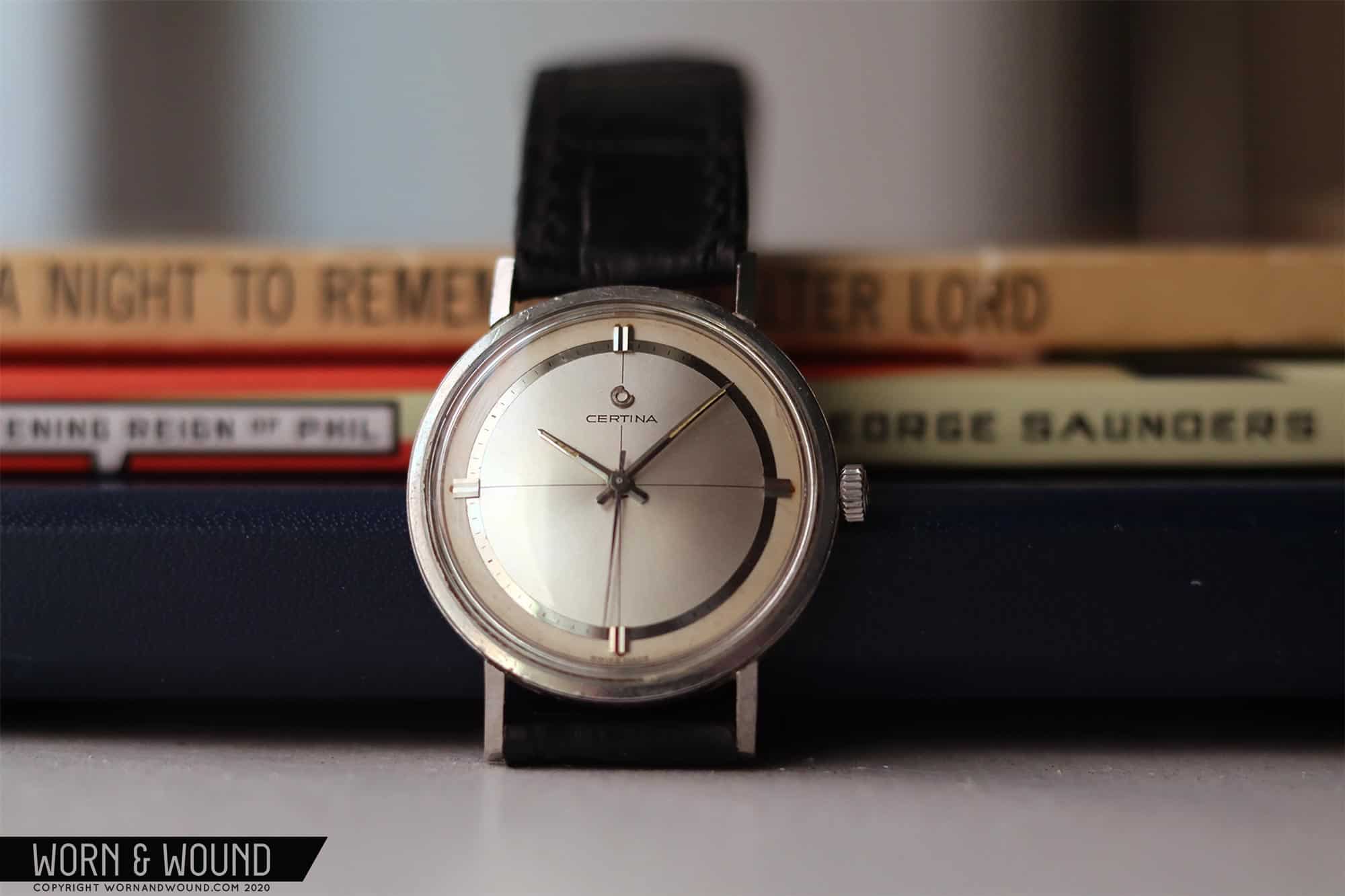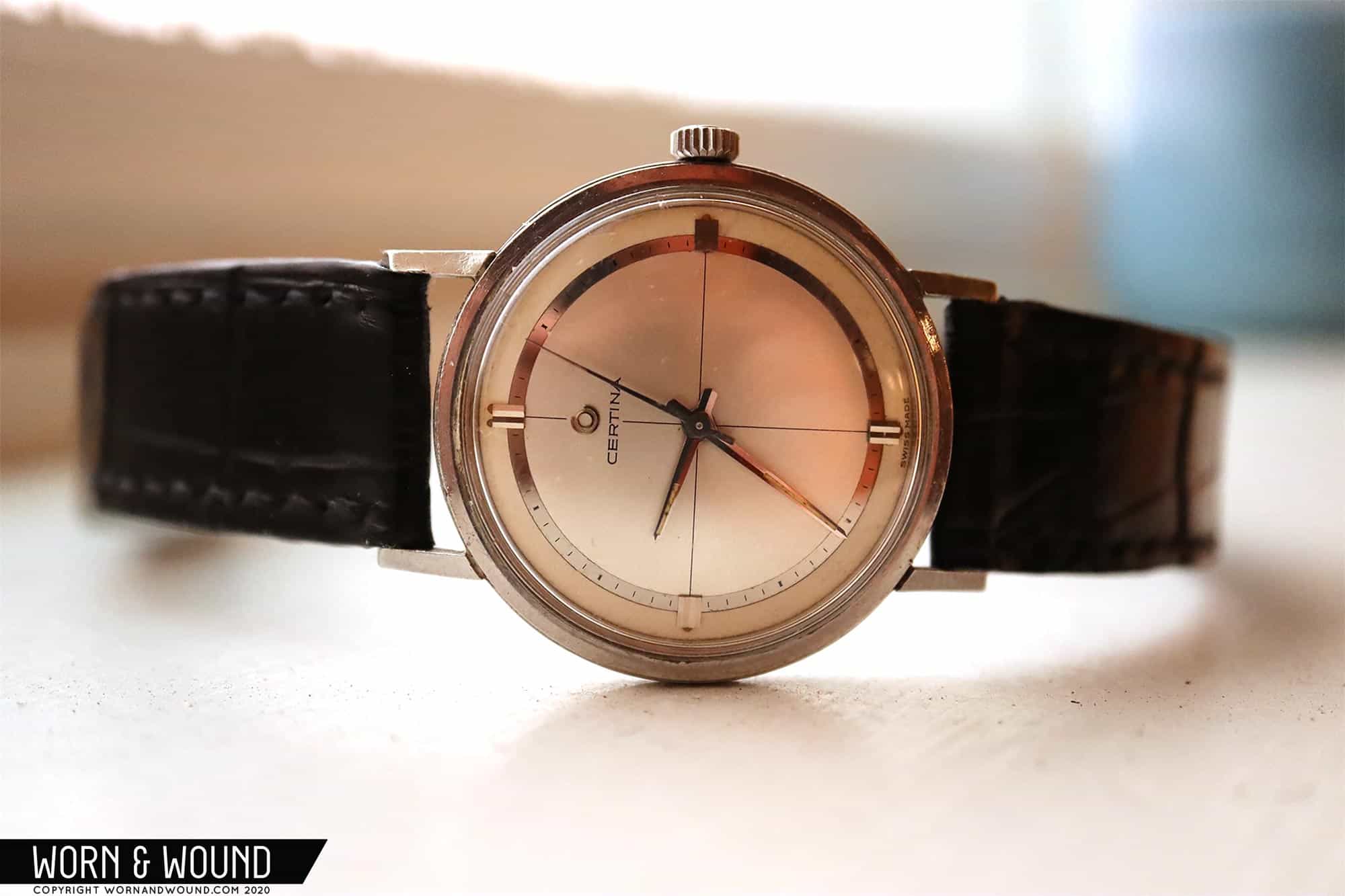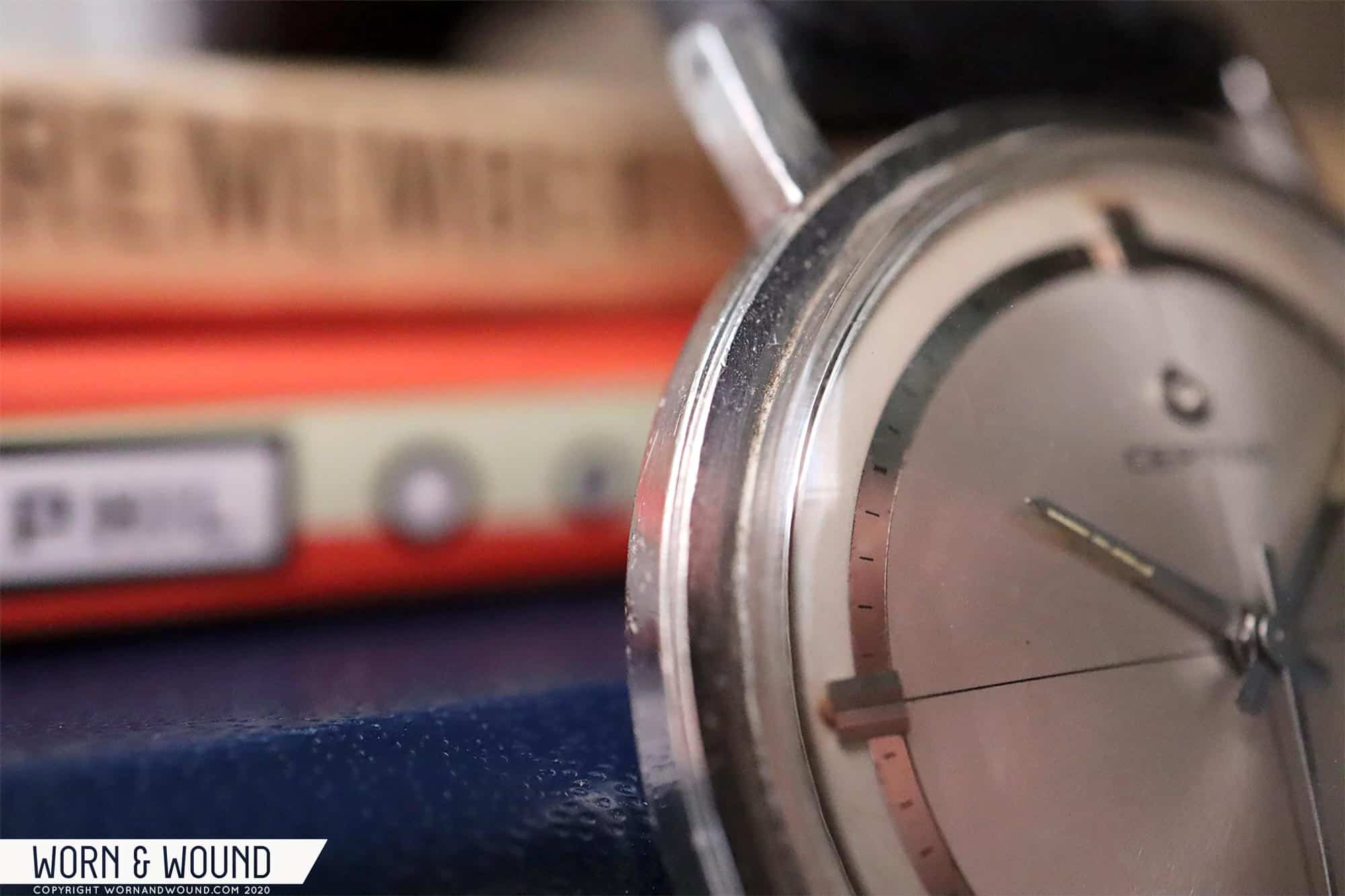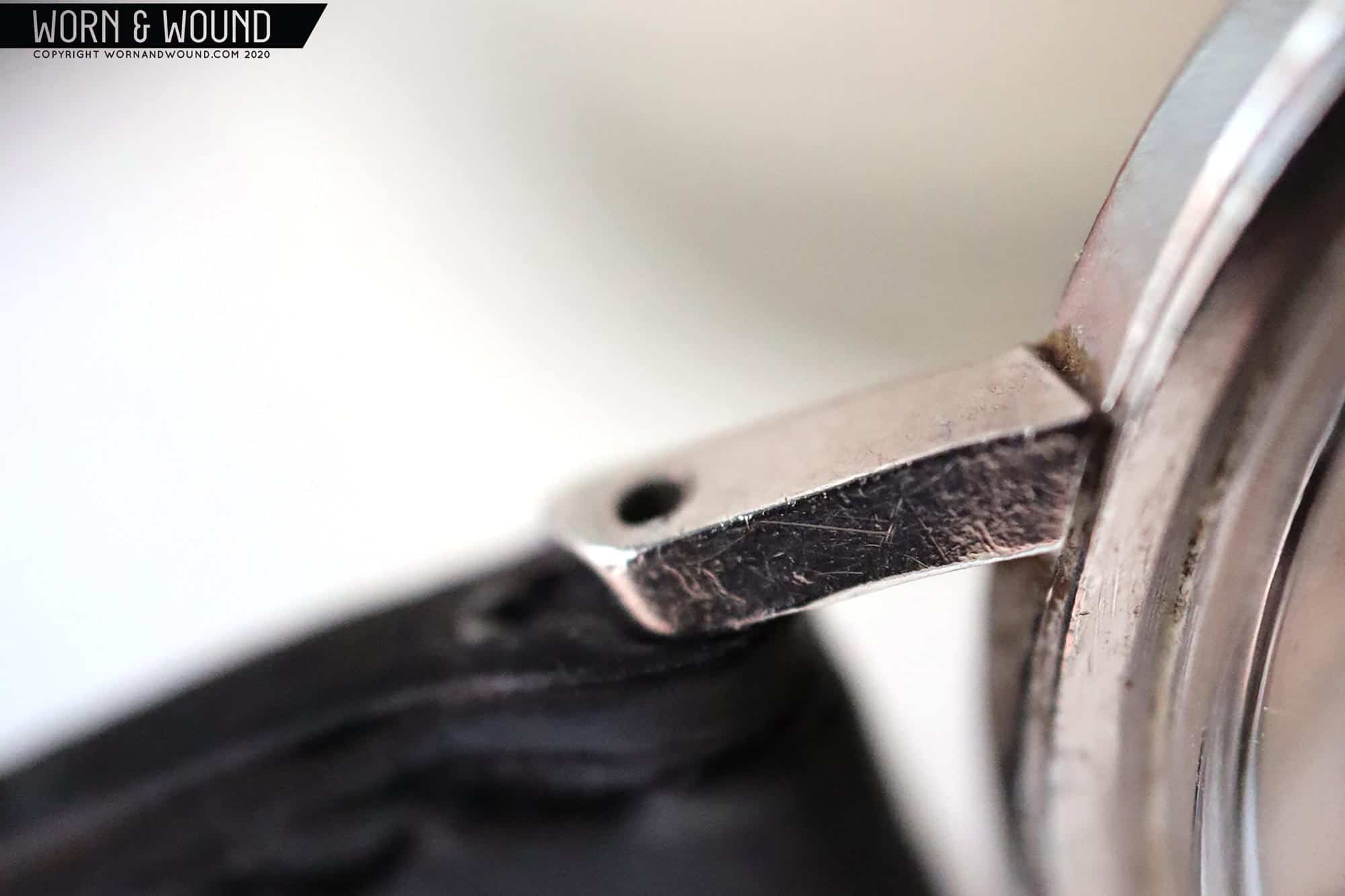Most of the watches in my personal collection make a certain amount of sense. I have a general interest in sports watches, all things Japanese, and stuff that is rarely seen and somewhat uncommon. So it makes sense that my watches tend to be on the robust side, or sometimes have a less common dial variant or unusual case shape, or just say “Grand Seiko” on them. This is my collecting sweetspot, and something I’ve learned through a fair amount of trial and error over the course of time. But when I look at my watch box, there’s an easily spotted outlier: tucked away from the modern divers and Zaratsu polished Japanese works of art, sits a small, hand wound dress watch dating back to the 1950s. It’s a Certina, it’s 35 milimeters in diameter, and I’ve happily rediscovered it over these last strange months of social distancing and social isolation.
Look, we’ve all been cooped up for what seems like way too long a time, and I think that new routines and habits have probably found their way into all of our lives to a certain extent. For me, that basically means constantly changing my watch. I think there are probably some collectors reading this who can relate. I’ve found that taking a break from work means doing a lap around my apartment, maybe cleaning some dishes or taking the trash out, and, somehow, I tend to end up standing over my watch box, ready to cycle something else into the rotation. When you don’t have to be anywhere or see anyone, questions of appropriateness fall by the wayside when choosing what to strap to your wrist, either for the day or for an hour.









 Featured Videos
Featured Videos












